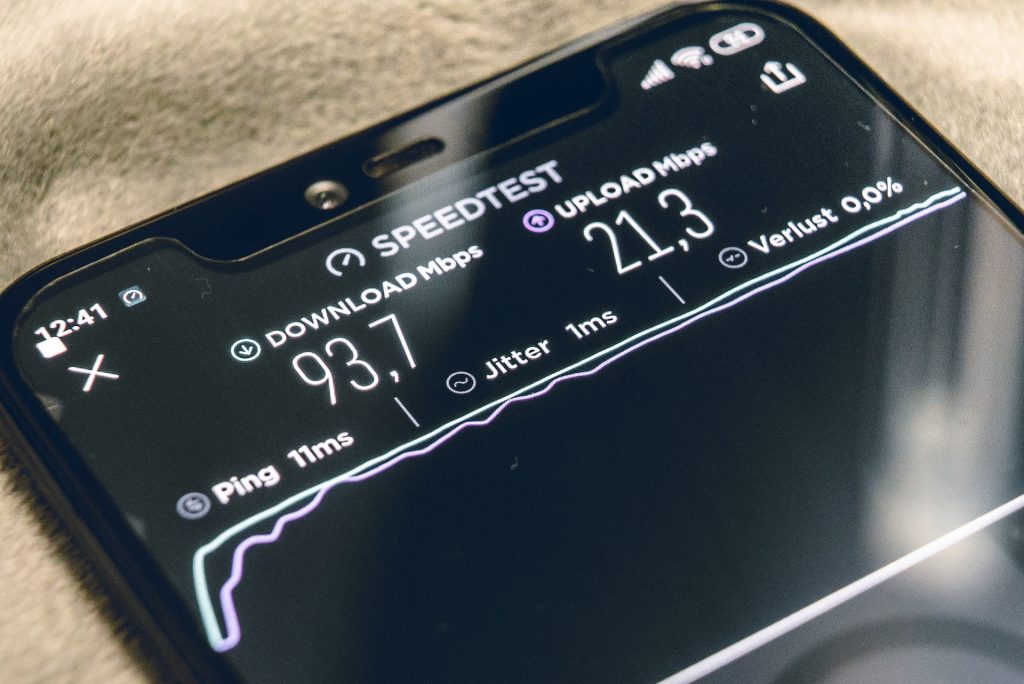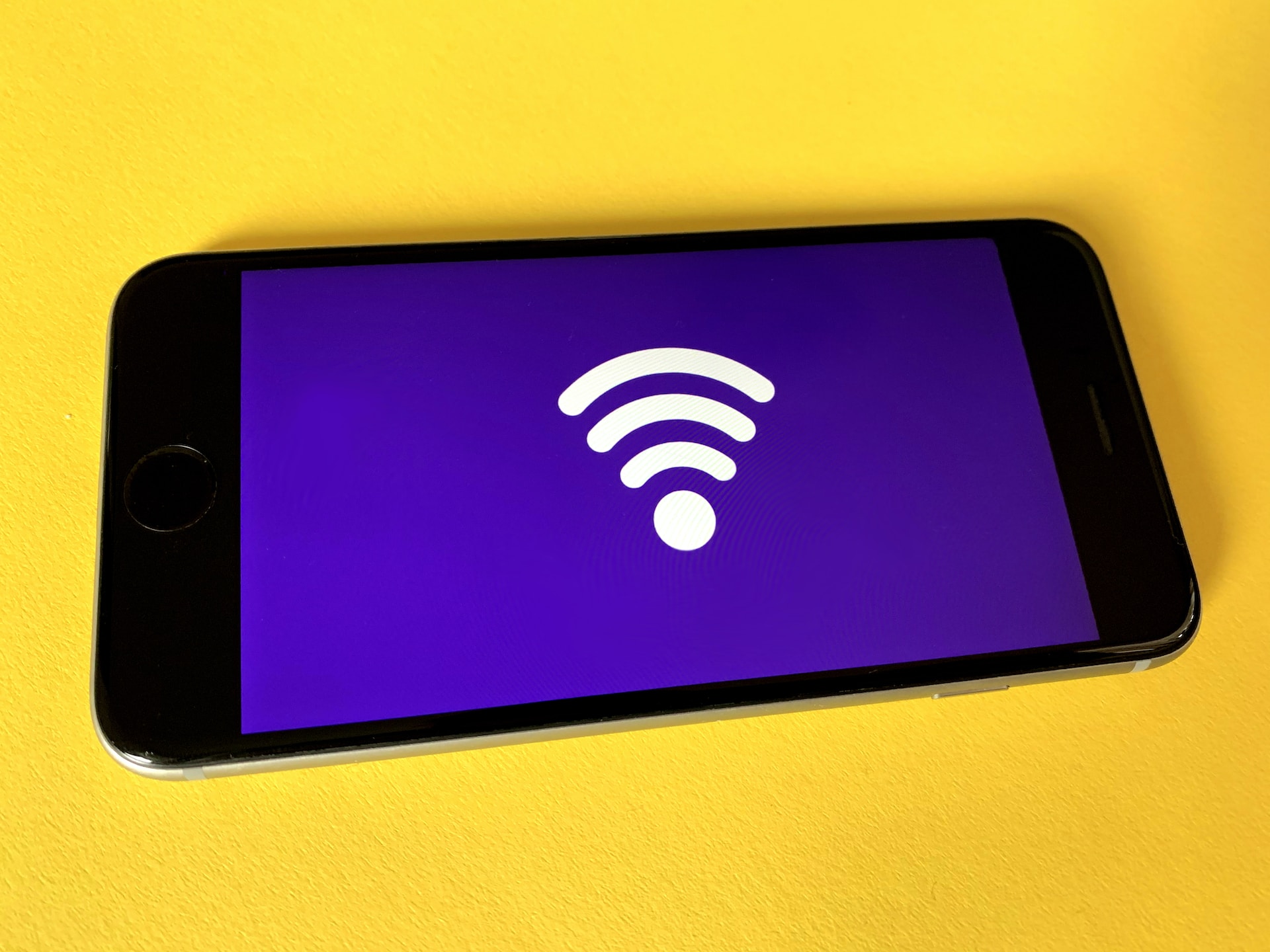In this interconnected world, WiFi networks have become an integral part of our lives. They provide us with the convenience of accessing the internet wirelessly, but they also pose various security threats. It’s essential to be aware of these threats and take proactive measures to protect our data and devices from potential breaches. In this article, we will explore the different security threats associated with WiFi networks and provide you with practical tips to safeguard your information.
What is the Importance of Securing Your WiFi Network?
Securing your WiFi network is of paramount importance to protect your data and devices from potential breaches. A vulnerable WiFi network can be an open invitation to hackers, allowing them to gain unauthorized access to your sensitive information. By implementing robust security measures, you can minimize the risks and ensure a safer online experience.
Security Threats and Best Ways To Protect Data and Devices From Potential Breaches

1. Headline-Grabbing WiFi Hacks: Know About The Risks
WiFi hacks frequently make headlines, exposing the vulnerabilities that exist within WiFi networks. These high-profile incidents serve as a wake-up call, reminding us of the potential risks we face in our digital lives. Understanding these risks is crucial in taking appropriate actions to mitigate them effectively.
2. Phishing Attacks: Beware of the Cyber Hooks
Phishing attacks are a common method used by cybercriminals to trick individuals into revealing their sensitive information, such as passwords and credit card details. These attacks often occur through fraudulent emails, messages, or websites that mimic legitimate sources. To protect yourself, be cautious of suspicious requests for personal information and always verify the authenticity of the source.
3. Malware Infections: Guarding Against Unwanted Guests
Malware infections can wreak havoc on your devices and compromise the security of your WiFi network. These malicious software programs are designed to infiltrate systems, steal data, and even control devices remotely. To defend against malware, ensure that you have reliable antivirus software installed and regularly update it to detect and eliminate new threats.
4. Man-in-the-Middle Attacks: Protecting Your Privacy
Man-in-the-Middle (MitM) attacks involve intercepting communication between two parties without their knowledge. Hackers can eavesdrop on sensitive information, alter messages, or inject malicious content into the communication stream. To protect your privacy, use encryption protocols like HTTPS and be cautious when connecting to public WiFi networks.
5. Password Cracking: Fortify Your Defenses
Weak or easily guessable passwords are an open invitation to hackers. Password cracking techniques, such as brute force attacks, can swiftly break into poorly protected accounts. To fortify your defenses, use strong and unique passwords, enable multi-factor authentication whenever possible, and consider using a password manager to securely store your credentials.
6. Rogue Access Points: Spotting the Imposters
Rogue access points are unauthorized WiFi networks that mimic legitimate networks to deceive users. When connected to these rogue networks, hackers can intercept your data or launch further attacks. To spot imposters, always verify the network name (SSID) and ensure that you connect only to trusted and secure networks.
7. Denial-of-Service (DoS) Attacks: Keeping Your Network Stable
Denial-of-Service (DoS) attacks aim to disrupt the normal functioning of a network or system by overwhelming it with an excessive amount of traffic or requests. This can render your WiFi network unusable and impact your internet connectivity. To defend against DoS attacks, consider using a reputable firewall and implementing traffic monitoring systems.
8. Insider Threats: Preventing Unauthorized Access
Insider threats refer to unauthorized individuals who have legitimate access to your WiFi network. This can include employees, contractors, or even guests who abuse their privileges to gain unauthorized access or compromise your network’s security. To prevent insider threats, implement strict access controls, regularly review user permissions, and educate users about the importance of security protocols.
9. Wireless Eavesdropping: Shielding Your Conversations
Wireless eavesdropping involves intercepting and listening to wireless communications without the knowledge or consent of the parties involved. Hackers can capture sensitive information transmitted over WiFi networks, such as passwords or financial details. To shield your conversations, use encrypted communication channels and consider using Virtual Private Networks (VPNs) for added security.
FAQs
To protect your WiFi network from unauthorized access, follow these steps:
1. Change the default administrator username and password of your WiFi router.
2. Enable WPA2 or WPA3 encryption on your WiFi network.
3. Use a strong and unique WiFi password.
4. Disable remote management of your WiFi router.
5. Regularly update your router’s firmware to patch security vulnerabilities.
There are several reputable antivirus software options available to protect against malware infections. Some popular choices include.
1. Norton Antivirus
2. McAfee Total Protection
3. Bitdefender Antivirus Plus
4. Kaspersky Anti-Virus
5. Avast Free Antivirus
It’s important to choose reliable antivirus software and keep it up to date to effectively guard against malware threats.
Yes, using a Virtual Private Network (VPN) can help protect your WiFi network. A VPN creates an encrypted tunnel between your device and the internet, ensuring that your online activities remain private and secure. It can prevent unauthorized access to your data when connected to public WiFi networks and add an extra layer of protection against various security threats.
It is recommended to update your passwords regularly, at least every three to six months. Regularly changing your passwords reduces the risk of them being compromised and enhances the security of your accounts and WiFi network. Additionally, ensure that you use strong and unique passwords for each online account to prevent unauthorized access.
To prevent phishing attacks, consider the following measures:
1. Be cautious of unsolicited emails, messages, or phone calls asking for personal information.
2. Avoid clicking on suspicious links or downloading attachments from unknown sources.
3. Verify the authenticity of websites before entering sensitive information.
4. Enable email filters and spam detection to reduce the likelihood of phishing emails reaching your inbox.
5. Educate yourself and your employees about common phishing techniques and how to spot them.
To secure your smart devices connected to WiFi, consider these steps:
1. Change the default usernames and passwords on your smart devices.
2. Keep your smart devices’ firmware up to date to patch security vulnerabilities.
3. Disable unnecessary features or services that may pose security risks.
4. Separate your smart devices onto a separate WiFi network, if possible, to isolate them from your main network.
5. Regularly review the privacy settings and permissions granted to your smart devices’ apps. here is the full guide about Securing Home Wifi Networks.
Conclusion
As the use of WiFi networks continues to grow, it’s crucial to understand the various security threats associated with them and take proactive steps to protect our data and devices. By implementing robust security measures, staying informed about emerging threats, and practicing good cybersecurity habits, you can safeguard your information and enjoy a safer online experience.
































































